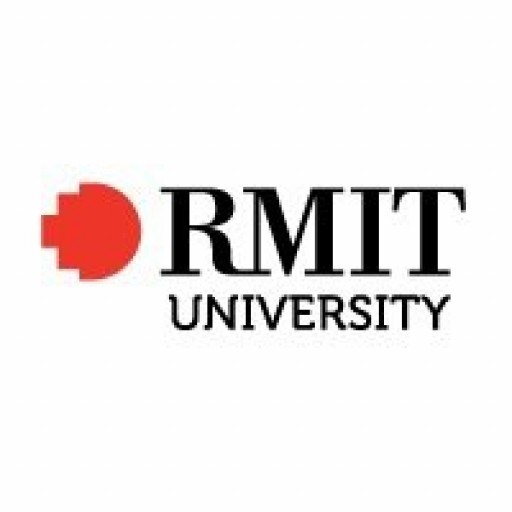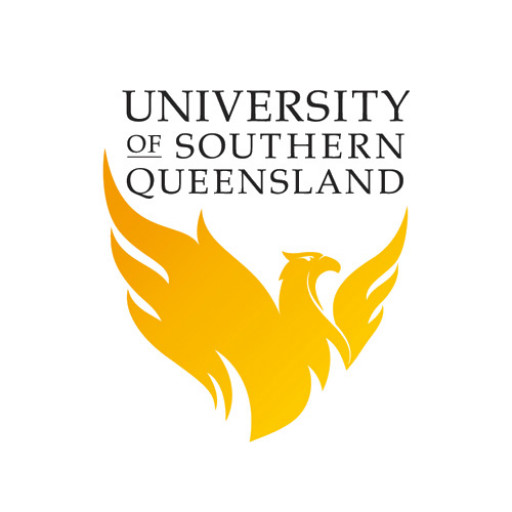Photos of university / #rmituniversity
The Bachelor of Design at RMIT University offers a comprehensive and innovative educational experience designed to prepare students for dynamic careers in the diverse field of design. This program emphasizes creativity, critical thinking, and practical skills, enabling graduates to address real-world challenges across various design disciplines. Students will engage with a broad curriculum that integrates theory and practice, exploring areas such as visual communication, industrial design, interior design, fashion, and interaction design. The program fosters a collaborative learning environment where students work on industry-based projects, developing a portfolio that showcases their talents and adaptability. Collaborations with industry partners, internships, and hands-on workshops ensure that students gain valuable insights into professional design practices and current trends. The Bachelor of Design also encourages innovation and entrepreneurial thinking, equipping students with the ability to conceive, develop, and implement design solutions that are sustainable, user-focused, and commercially viable. With access to state-of-the-art facilities and technology, students have the opportunity to experiment with the latest tools and methodologies, enhancing their technical proficiency and creative potential. The program is structured to develop skills in research, conceptualization, visualization, and presentation, preparing graduates for a variety of roles within creative industries or further academic pursuits. Upon completion, students will have a versatile portfolio of work, a deep understanding of design principles, and the capacity to contribute meaningfully to the evolving landscape of design professions. Whether aiming to become a graphic designer, product designer, interior architect, or design researcher, graduates of the Bachelor of Design at RMIT will be well-equipped to launch successful careers and make impactful contributions to society through innovative design solutions.
The Bachelor of Design at RMIT University offers students a comprehensive and innovative education in various design disciplines, preparing them for successful careers in a rapidly evolving creative industry. This program emphasizes both theoretical knowledge and practical skills, enabling students to develop their own design identity and approach. Throughout their studies, students are engaged in a diverse range of projects that challenge their creativity, problem-solving abilities, and technical proficiency. The curriculum covers core areas such as visual communication, spatial design, product design, and interaction design, providing a multidisciplinary foundation that encourages exploration and experimentation.
Students will learn to utilize the latest design software, hand-sketching techniques, and digital fabrication tools to bring their ideas to life. Industry placement opportunities and collaborative projects with real clients allow students to gain invaluable practical experience and understand the demands of professional practice. The program also emphasizes sustainability, cultural awareness, and innovation, ensuring graduates are equipped to contribute meaningfully to society and the environment.
Furthermore, the Bachelor of Design at RMIT fosters an entrepreneurial mindset, encouraging students to think critically about design’s role in business, society, and culture. The program aims to develop well-rounded designers who can adapt to changing technological landscapes and global trends. Graduates are prepared for careers in diverse fields including graphic design, interior design, UX/UI design, animation, branding, and creative consulting. With access to state-of-the-art facilities, industry networks, and dedicated academic support, students will be empowered to push boundaries and lead the future of design.
Program requirements for the Bachelor of Design at the Royal Melbourne Institute of Technology (RMIT) typically include successful completion of a Victorian Certificate of Education (VCE) or equivalent with a specified set of prerequisite subjects, such as English studies. Prospective students must submit an application through the RMIT Admissions Portal, including academic transcripts and a completed personal statement or portfolio that demonstrates their interest and aptitude in design disciplines. International applicants are required to demonstrate English language proficiency through tests such as the IELTS, with minimum scores usually set at 6.5 overall, with no band less than 6.0. Prior experience in arts or design-related fields may enhance application prospects but is not mandatory. Entry is competitive, and applicants are assessed on their academic performance, portfolio quality, and motivation to pursue design studies. Once admitted, students are expected to participate in core modules that cover fundamental design principles, technology, and artistic practices, along with electives allowing specialization in areas such as graphic, environmental, or interaction design. Students must complete a series of assessments, including project work, presentations, and exams, to demonstrate competence in both theoretical knowledge and practical skills. The program may also require students to undertake internships, workshops, or industry placements to gain real-world experience. Graduation requirements include successfully completing all coursework with satisfactory grades and participating in a capstone project that showcases their design expertise. The program emphasizes creative thinking, technical proficiency, and professional practice, preparing students for careers in various design industries or further postgraduate study.
Funding options for the Design program at the Royal Melbourne Institute of Technology (RMIT) include a range of scholarships, financial aid, and payment plans designed to support students in their academic journey. Domestic students may be eligible for government-funded schemes such as the Australian Commonwealth Supported Place (CSP), which subsidizes tuition fees through the Australian Government, significantly reducing the financial burden. Additionally, RMIT offers various scholarships based on academic achievement, financial need, and other criteria, which can provide partial or full tuition fee waivers. Examples include the RMIT Australian Scholarships, faculty-specific awards, and industry partnerships that support talented students. International students enrolled in the Design program can explore options such as the Australian Government’s International Scholarships, which provide financial assistance toward tuition fees and living expenses. RMIT also offers payment options, allowing students to pay their tuition fees through installment plans, making it easier to manage finances over the duration of the program. External sources such as education loans from financial institutions are also available, with some students choosing private or government loan schemes to fund their studies. The university sometimes collaborates with industry partners to offer internships or work-integrated learning opportunities that may include stipends or stipendiary support, further alleviating financial pressures. Students are encouraged to consult RMIT’s financial services and student support offices for personalized advice, application procedures, and eligibility criteria related to funding opportunities. Overall, the financing options available ensure that students pursuing a Design degree at RMIT can access the necessary resources to successfully complete their education without undue financial hardship.
The Bachelor of Design at the Royal Melbourne Institute of Technology (RMIT) offers students a comprehensive education in creative and practical aspects of design. The program is designed to develop students' skills in visual communication, problem-solving, and innovative thinking within various design disciplines such as graphic design, industrial design, and communication design. Throughout the course, students gain hands-on experience through studio-based projects, collaborative work, and industry placements, preparing them for professional careers in the design sector.
The curriculum covers fundamental design principles, digital and traditional media, user-centered design, and sustainable practices. Students have access to state-of-the-art facilities, including computer labs, fabrication workshops, and design studios. The program emphasizes a blend of theory and practice, encouraging students to explore their creative ideas while grounding their work in real-world applications.
RMIT’s industry connections provide opportunities for internships, exposure to leading design agencies, and participation in industry projects, which enhance employability after graduation. The university also fosters an innovative learning environment with opportunities for students to engage in interdisciplinary projects and competitions. Faculty members are experienced professionals and researchers contributing to cutting-edge developments in the design field.
Graduates of the Bachelor of Design are equipped to pursue careers as graphic designers, UX/UI designers, product designers, creative directors, and other roles within the design industry. The program also offers pathways to postgraduate study, enabling students to further specialize or research in related areas of design. Overall, RMIT’s Bachelor of Design aims to cultivate creative, skilled, and industry-ready graduates who can adapt and innovate in a dynamic global market.

